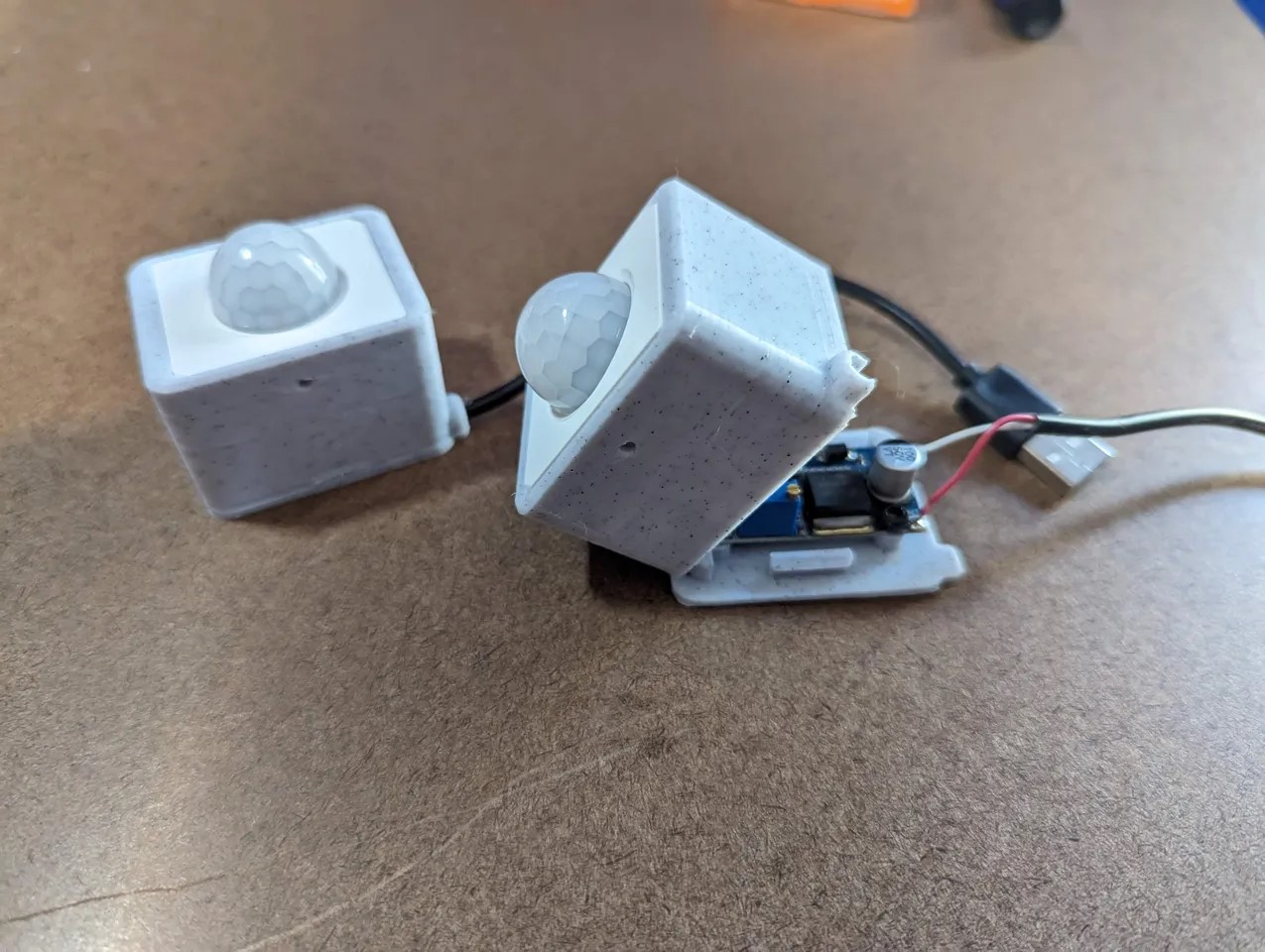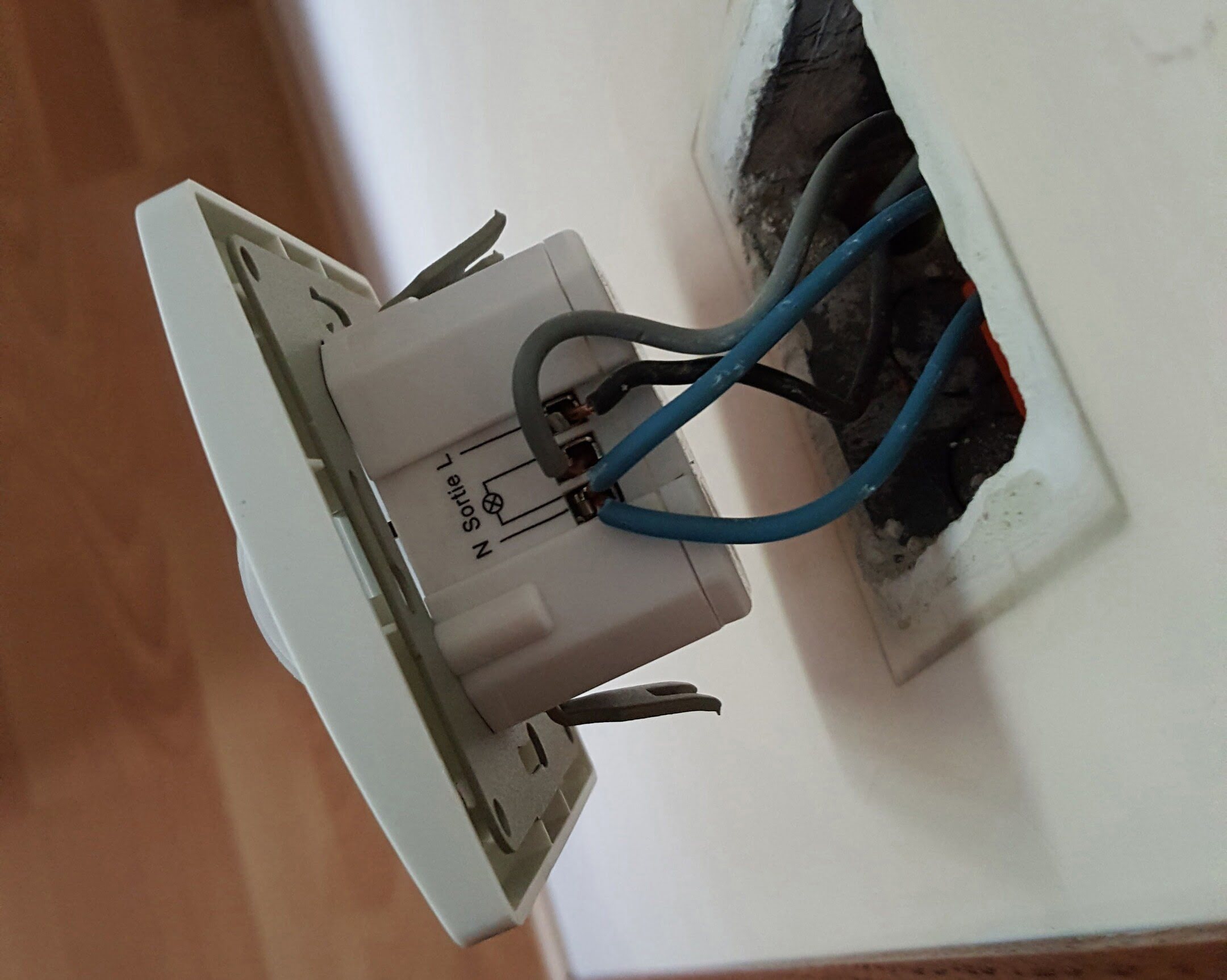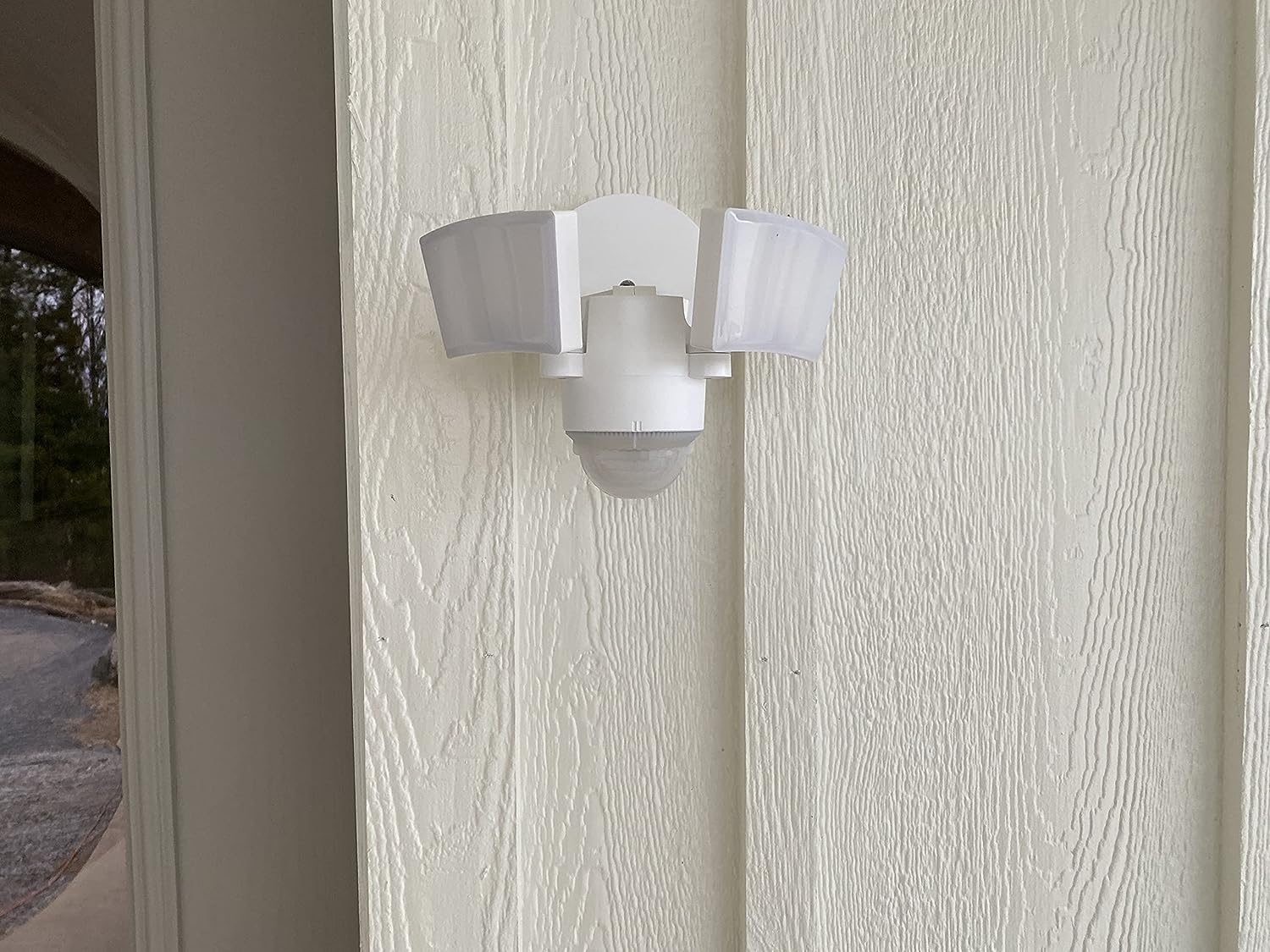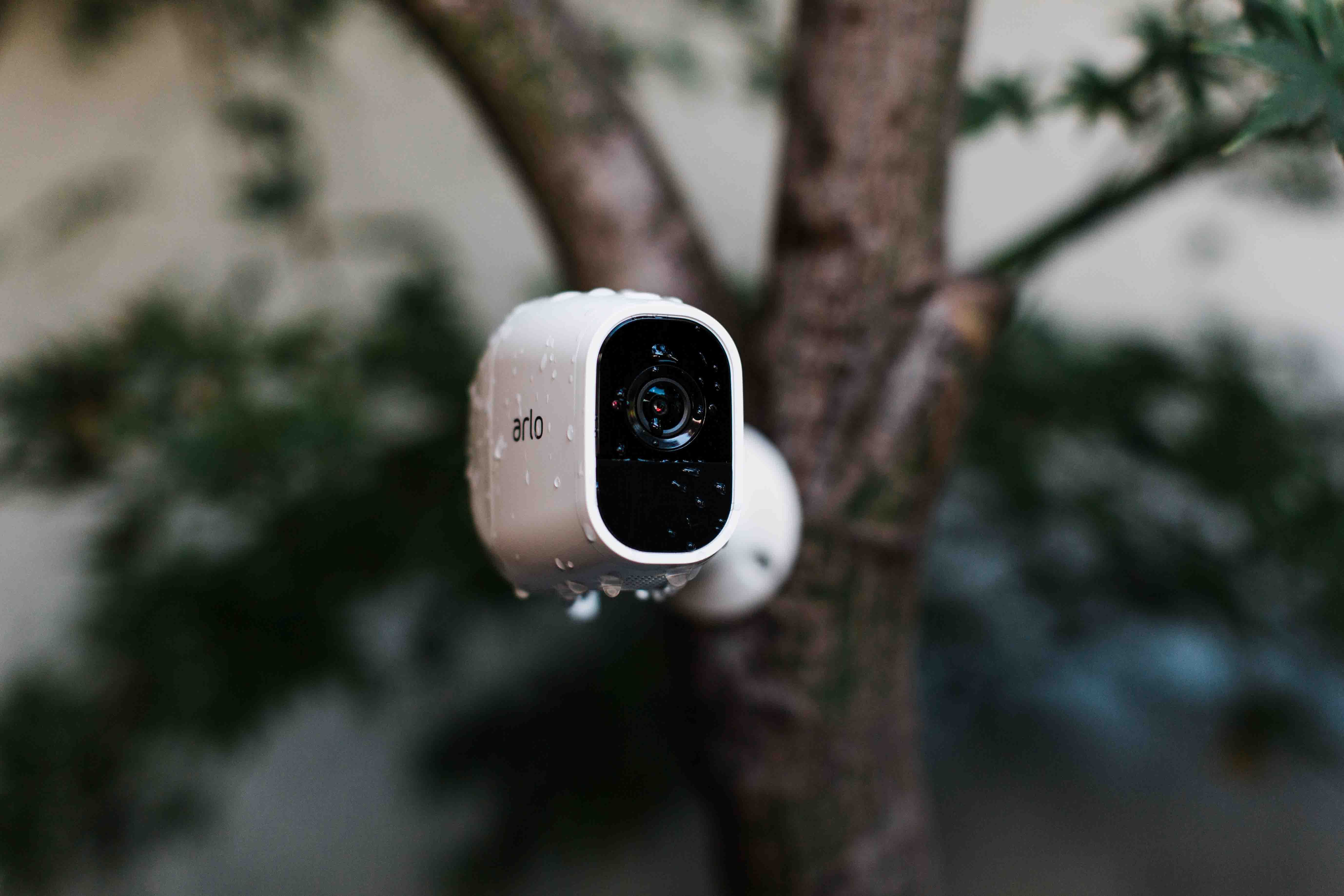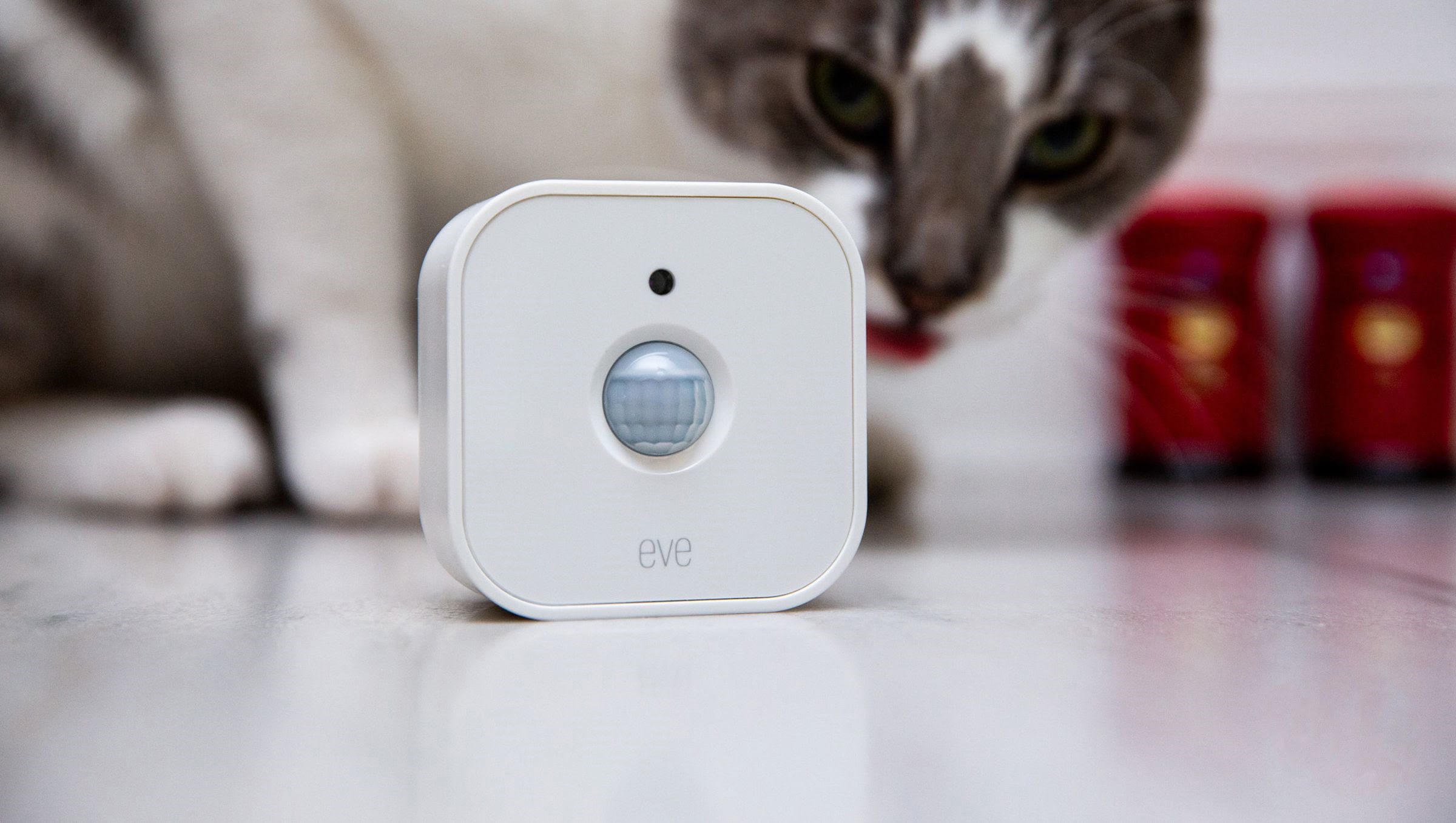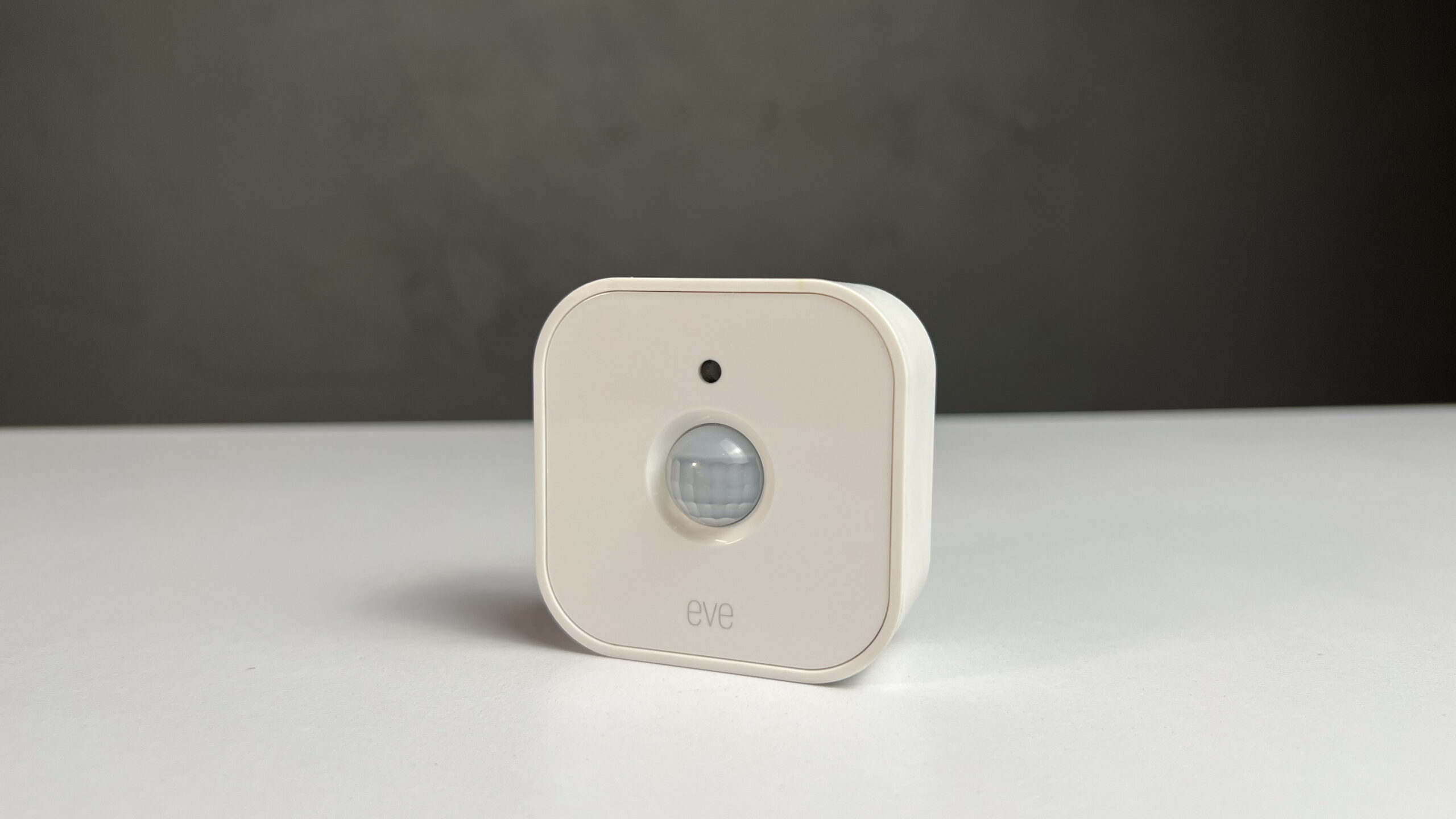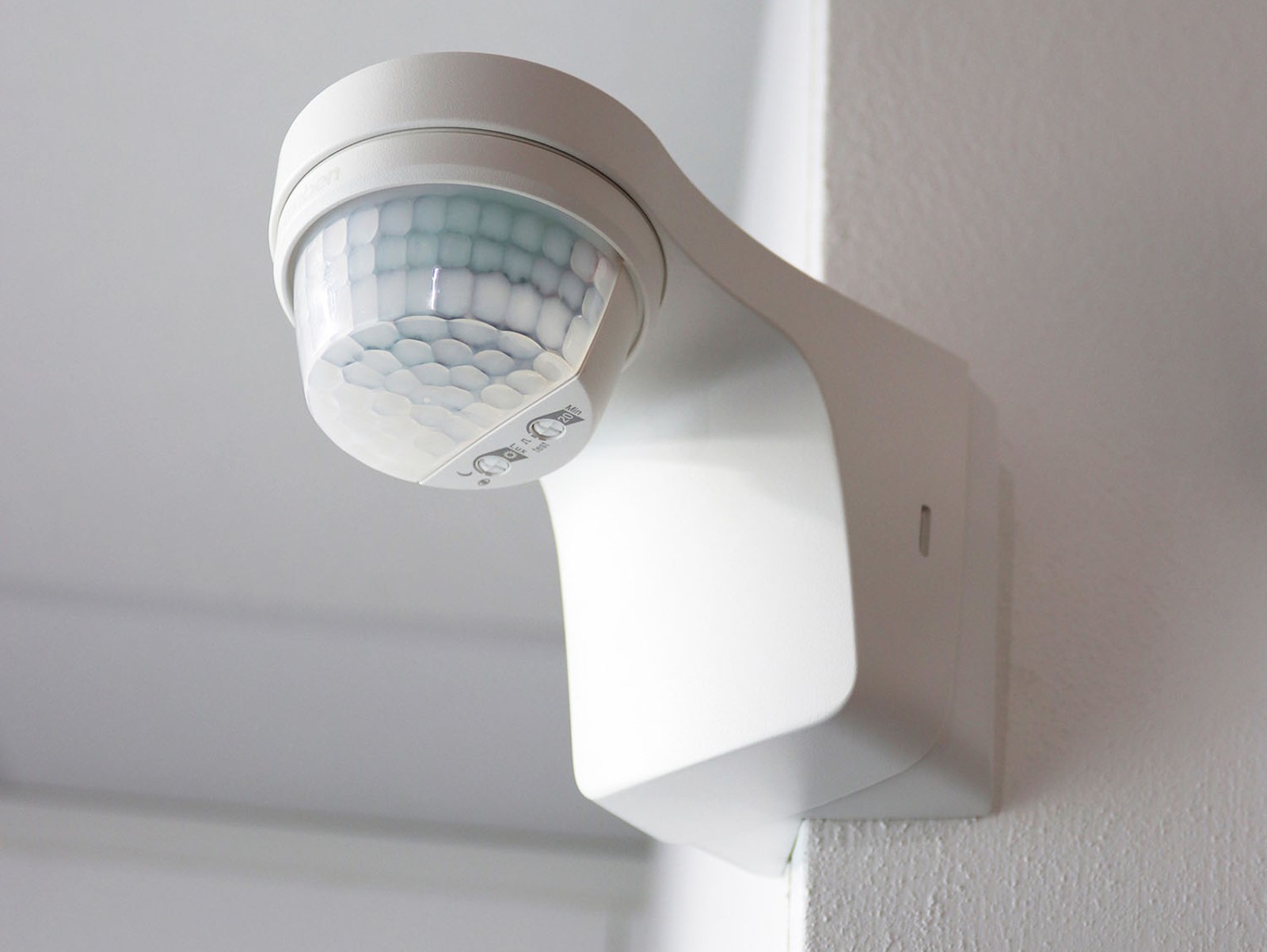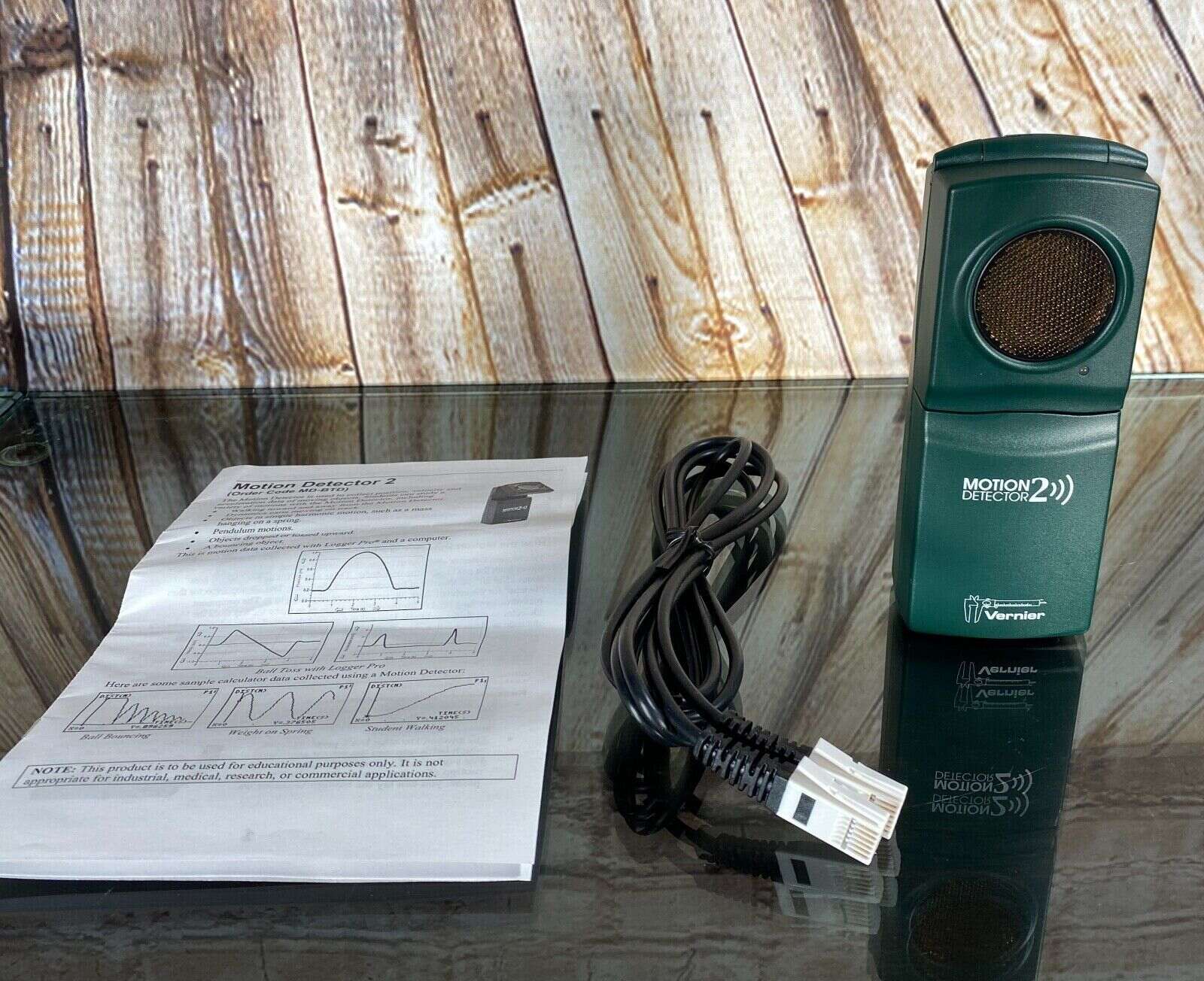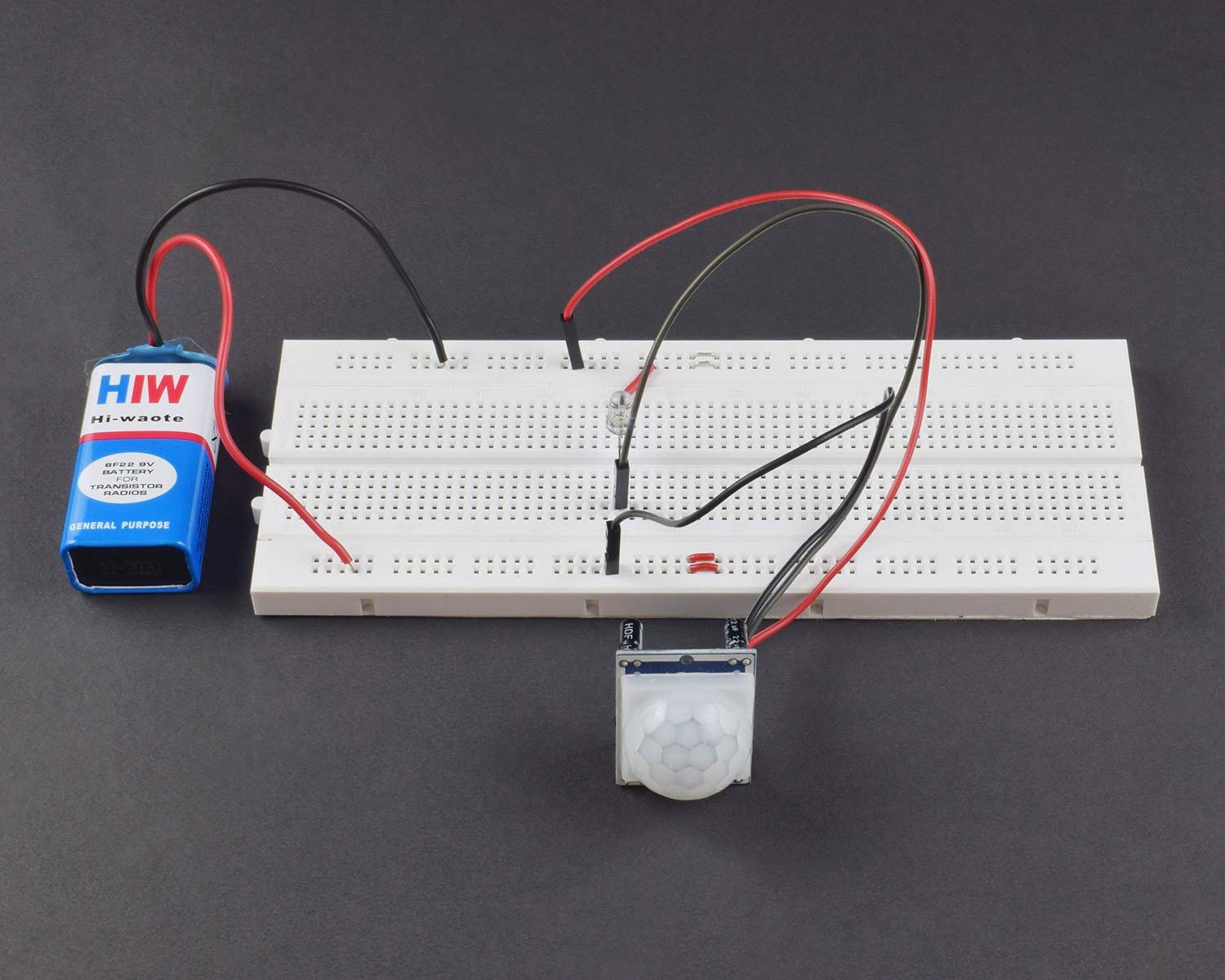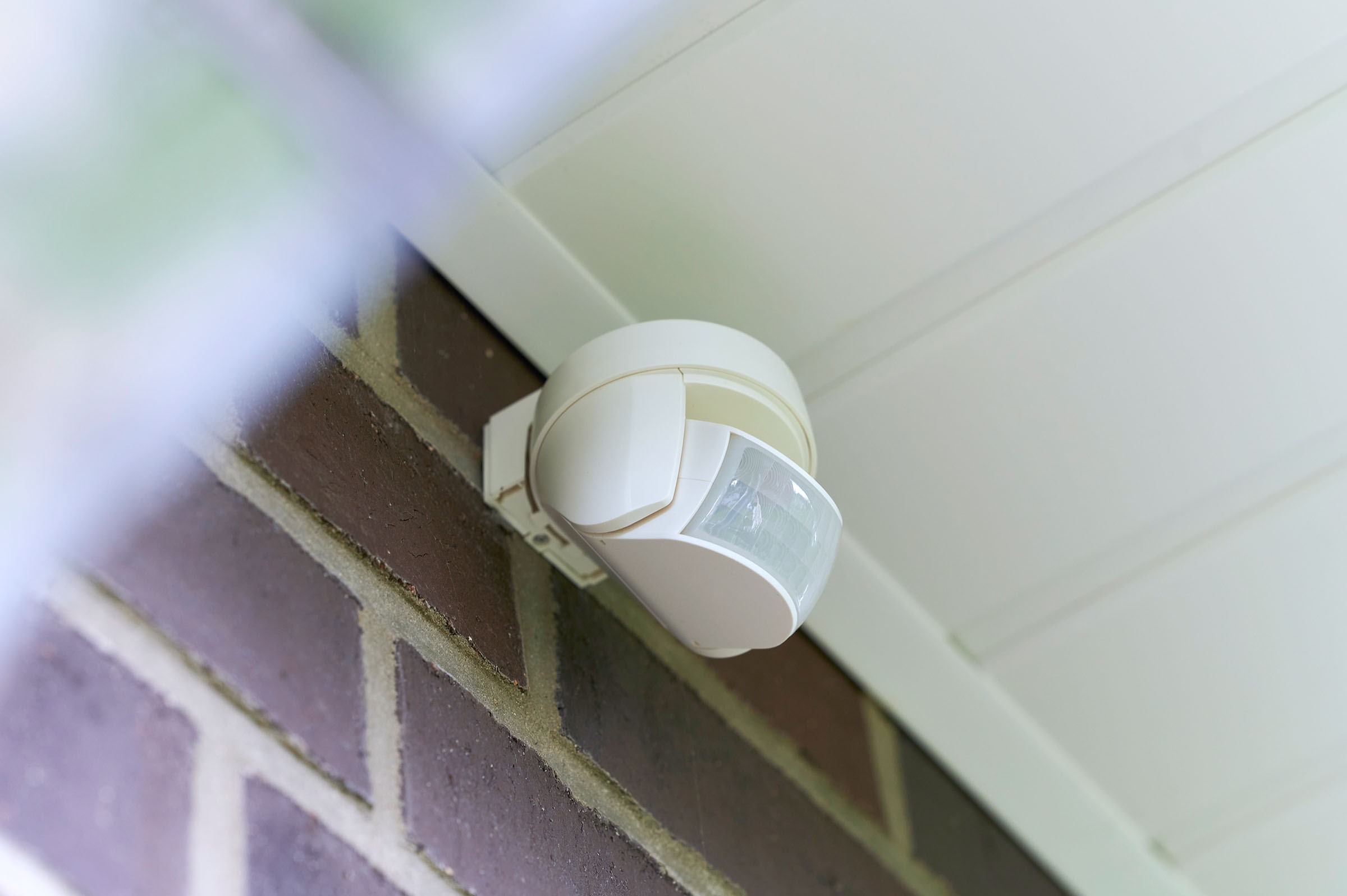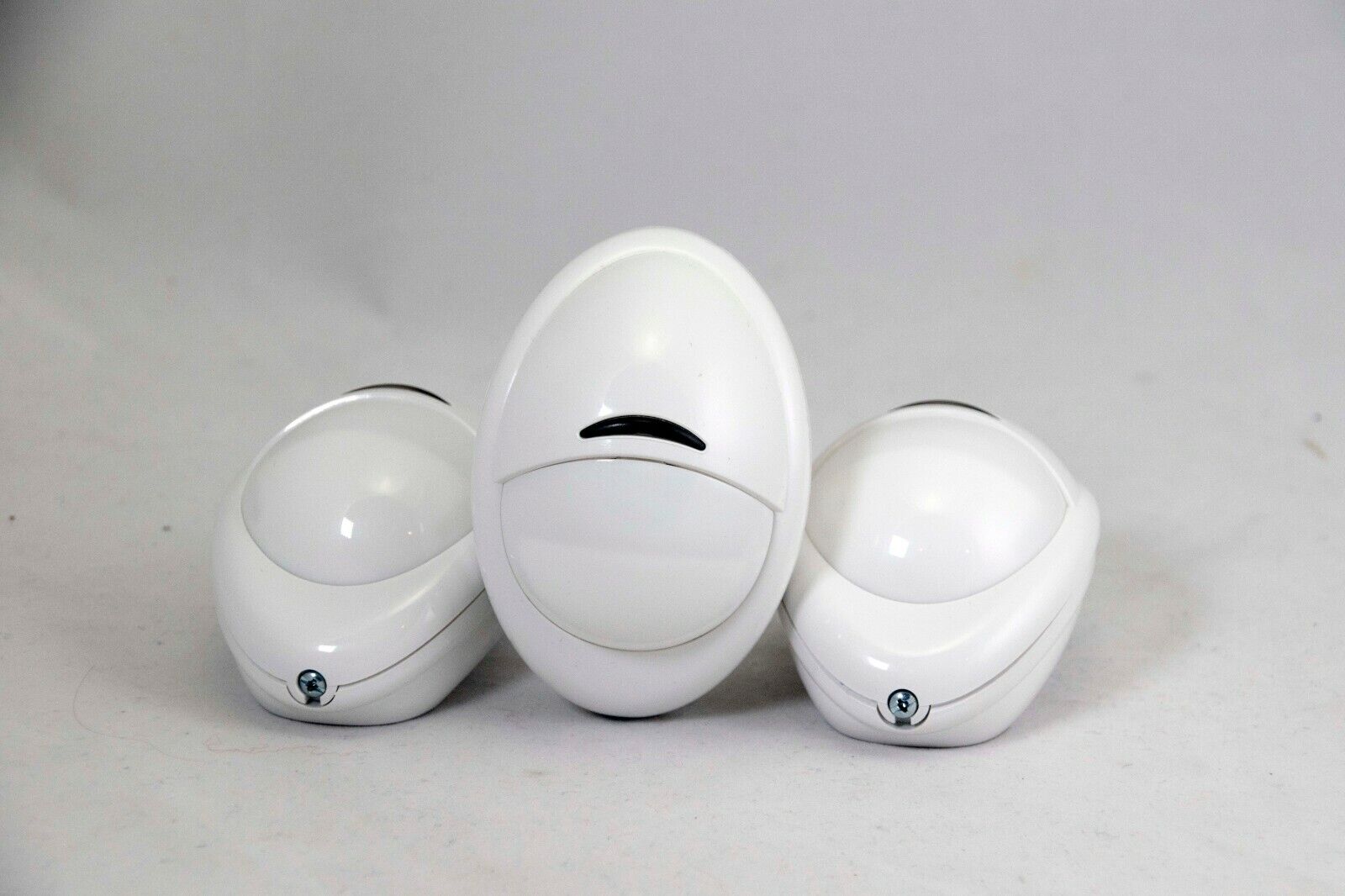Home>Home Security and Surveillance>How To Avoid Detection By Motion Detector
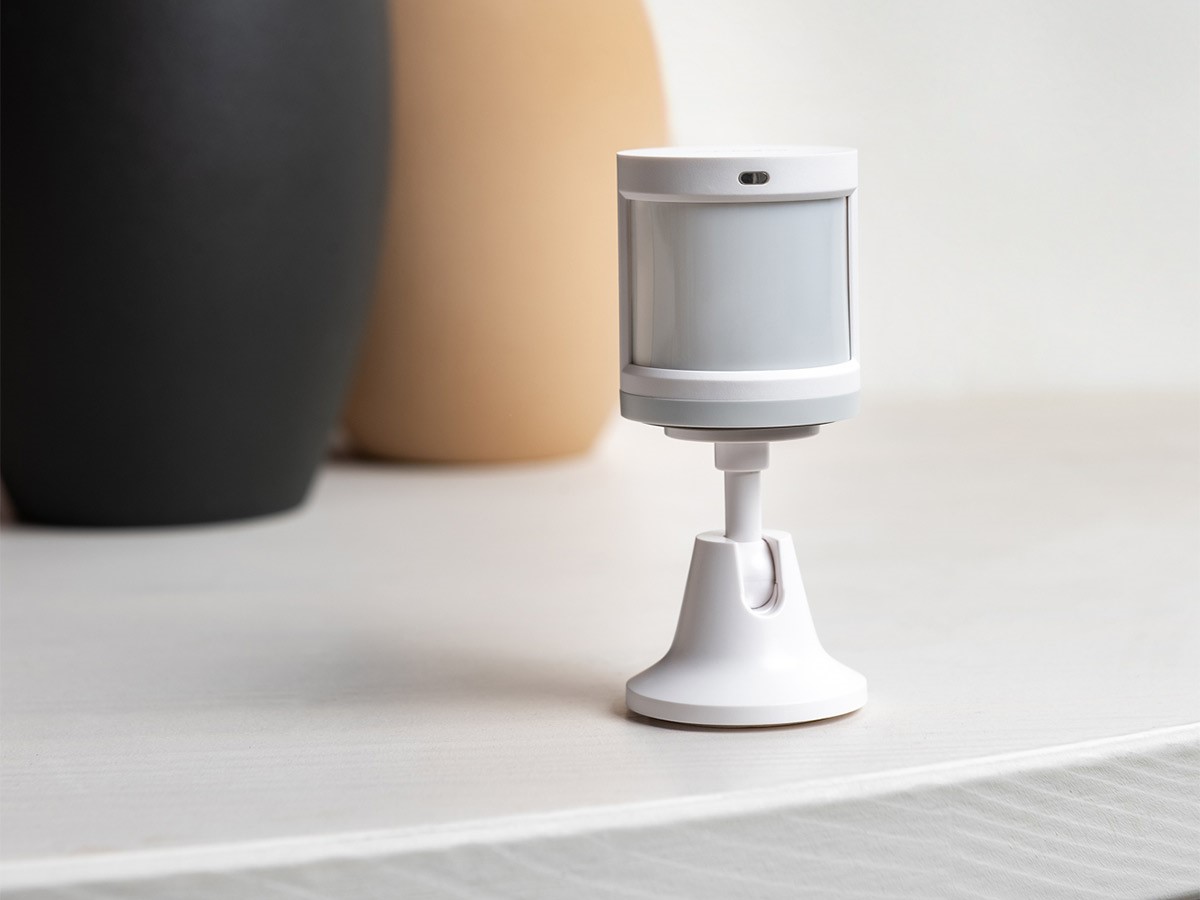

Home Security and Surveillance
How To Avoid Detection By Motion Detector
Modified: March 6, 2024
Learn effective strategies to avoid detection by motion detectors and enhance your home security and surveillance. Protect your property like a pro!
(Many of the links in this article redirect to a specific reviewed product. Your purchase of these products through affiliate links helps to generate commission for Storables.com, at no extra cost. Learn more)
Introduction
Home security is a top priority for homeowners, and one of the most common methods of protecting our homes is through the use of motion detectors. These devices are designed to detect movement and trigger an alarm or notify the homeowner of any suspicious activity. While motion detectors are effective in enhancing home security, there may be situations where you would want to bypass or avoid detection by these sensors. Whether it’s to perform routine tasks without triggering the alarm or to maintain privacy within certain areas of your home, understanding how to avoid detection by motion detectors can be valuable knowledge.
In this article, we will delve into the world of motion detectors, exploring their types, how they work, and the various factors that can trigger them. We will also provide you with practical tips and strategies on how to avoid detection by motion detectors effectively. So, let’s dive in and discover the secrets to bypassing these vigilant sensors.
Key Takeaways:
- Motion detectors are crucial for home security, but understanding how to avoid triggering them is valuable. Tips like knowing detection zones and using obstruction techniques can help maintain privacy and prevent unnecessary alarms.
- Balancing privacy and security is key when avoiding detection by motion detectors. Strategic placement, sensor disable modes, and professional advice can help navigate your home without compromising overall security.
Understanding Motion Detectors
Motion detectors, also known as motion sensors, are electronic devices that are designed to detect movement within a specified area. They are a pivotal component of home security systems, acting as the first line of defense against intruders. By detecting any motion within the monitored area, motion detectors can trigger an alarm or alert the homeowner, allowing them to take appropriate action.
There are several types of motion detectors available on the market, each utilizing different technologies to detect movement. The most common types include:
- Passive Infrared (PIR) Sensors: These sensors detect changes in infrared energy levels emitted by objects within their field of view. When an individual or object moves across the sensor’s detection range, it detects the change in heat radiation and triggers the alarm.
- Microwave Sensors: Microwave motion detectors emit continuous waves of microwave energy and measure the reflections from any moving objects. They are often used in outdoor applications due to their ability to penetrate walls and provide wider coverage.
- Ultrasonic Sensors: These sensors emit high-frequency sound waves and detect any changes in the reflected sound waves caused by moving objects. They are commonly used in indoor spaces.
- Dual Technology Sensors: Dual technology sensors combine two different technologies, such as PIR and microwave or PIR and ultrasonic, to reduce false alarms caused by environmental factors.
Regardless of the type of motion detector used, they all function based on the principle of detecting changes in their specified detection zones. When motion is detected, a signal is sent to the security system, triggering an alarm or activating other security measures.
It is important to understand that motion detectors are sensitive to various factors that can trigger false alarms. Understanding these factors can help you strategically avoid detection when necessary.
Types of Motion Detectors
Motion detectors come in different types, each employing specific technologies to detect movement and trigger an alarm. Understanding the various types of motion detectors can help you determine which one is most suitable for your home’s security needs. Here are some common types:
- Passive Infrared (PIR) Sensors: PIR sensors are the most widely used type of motion detectors. They detect changes in infrared energy levels, emitted by living beings and objects, within their detection range. When a person or animal moves within the field of view of a PIR sensor, the change in heat radiation triggers the alarm.
- Microwave Sensors: Microwave motion detectors emit microwave pulses and measure the reflections from moving objects. They are known for their ability to penetrate walls and provide wider coverage. Microwave sensors are commonly used in outdoor applications due to their reliability and durability.
- Ultrasonic Sensors: Ultrasonic motion detectors emit high-frequency sound waves and listen for changes in the reflected sound waves caused by moving objects. They are often used in indoor settings and are less affected by temperature changes compared to PIR sensors.
- Dual Technology Sensors: Dual technology motion detectors combine two different sensing technologies, such as PIR and microwave or PIR and ultrasonic, for increased accuracy and reduced false alarms. These sensors require both technologies to be triggered simultaneously before an alarm is activated.
- Photoelectric Sensors: Photoelectric motion detectors use beams of light to detect movement. When an object blocks the beam of light, the sensor is triggered. These sensors are commonly used in outdoor security systems, such as driveway alarms.
Each type of motion detector has its advantages and limitations. It is important to consider the specific requirements of your home and the environment in which the detectors will be installed before choosing the appropriate type.
By understanding the different types of motion detectors, you can make an informed decision when selecting the ones that best suit your needs. Remember, the effectiveness of your home security system depends on choosing the right motion detectors for optimal coverage and reliability.
To avoid detection by a motion detector, move slowly and carefully to minimize sudden movements. Stay low to the ground and try to move in the blind spots of the detector.
Factors That Can Trigger Motion Detectors
Motion detectors are designed to detect movement and trigger an alarm or alert the homeowner of any suspicious activity. However, several factors can cause false alarms or unintended triggers by motion detectors. Understanding these factors can help you differentiate between genuine threats and false alarms, as well as assist you in avoiding detection when necessary. Here are some common factors that can trigger motion detectors:
- Pets: Most motion detectors are sensitive to the size and movement of objects within their detection range. Pets, especially larger ones, can trigger motion detectors if they move across the monitored area. If you have pets, consider adjusting the sensitivity or using pet-immune motion detectors that can distinguish between human and animal movement.
- Flying Insects: Some motion detectors, particularly those that use PIR technology, can be triggered by flying insects. Insects emitting heat can cause fluctuation in the infrared energy levels, leading to false alarms. Opt for motion detectors with insect filters or adjust the placement to minimize the chances of insect interference.
- Environmental Changes: Environmental factors like changes in temperature, humidity, or air circulation can affect motion detectors, particularly those using PIR technology. Drastic temperature changes can cause thermal imbalances and trigger false alarms. Avoid placing motion detectors near heating or cooling sources to minimize false triggers.
- Reflections and Shadows: Motion detectors that use photoelectric or microwave technology can be triggered by intense reflections or sudden changes in lighting conditions. Shadows cast by moving objects or reflective surfaces like mirrors and glass windows can inadvertently trigger the motion detectors. Adjust the placement of the sensors or use curtains, blinds, or other materials to minimize the impact of reflections and shadows.
- Moving Objects: Other moving objects such as curtains, tree branches, or hanging decorations can trigger motion detectors, especially those using microwave or photoelectric technology. Ensure that these objects are not within the detection range or adjust the sensitivity settings accordingly.
Understanding the factors that can trigger motion detectors is crucial in avoiding false alarms and maintaining the overall effectiveness of your home security system. By taking these factors into consideration, you can ensure that your motion detectors are accurately detecting genuine threats while reducing unnecessary triggers.
Tips for Avoiding Detection by Motion Detectors
There may be situations where you want to avoid detection by motion detectors. Whether you’re performing routine tasks without triggering an alarm or seeking privacy within specific areas of your home, here are some practical tips to help you avoid detection effectively:
- Know the Detection Zones: Familiarize yourself with the coverage area and specific detection zones of your motion detectors. This knowledge will allow you to strategically navigate your home without triggering the sensors.
- Adjust Placement and Angles: Take advantage of the adjustable mounting brackets or flexible installation options of motion detectors to fine-tune their angles. Aim them away from areas you want to move undetected, and ensure their field of view doesn’t include restricted areas.
- Use Obstruction Techniques: Employ strategic placement of furniture, plants, or other objects to obstruct the sensors’ line of sight. This can help create physical barriers that prevent motion detectors from detecting your movements.
- Utilize Sensor Disable Modes: Some motion detectors have disable modes or temporary bypass options that allow you to deactivate specific sensors for a period of time. Use these modes when performing activities that may trigger the alarms, such as cleaning or rearranging furniture.
- Consider Alternative Security Measures: If you need to move within a restricted area frequently or maintain privacy, consider exploring alternative security measures. These may include using door/window sensors, key fobs, or smart home automation systems that provide controlled access to specific areas without triggering motion detectors.
- Consult with Security Professionals: If you have specific security concerns or unique requirements, consider consulting with security professionals. They can provide personalized advice and recommend advanced security solutions that meet your needs while addressing your desire to avoid detection by motion detectors.
It’s important to note that tampering with or disabling motion detectors completely may compromise the overall effectiveness of your home security system. Therefore, it’s crucial to strike a balance between avoiding detection when necessary and maintaining the highest level of security for your home.
By implementing these tips, you can navigate your home without triggering motion detectors, ensuring your privacy and allowing you to go about your daily activities without unnecessary alarms.
Read more: How To Deactivate A Motion Detector
Conclusion
Motion detectors play a vital role in enhancing home security and providing peace of mind for homeowners. While they serve as a crucial line of defense against intruders, there may be times when you need to avoid detection by these vigilant sensors. Whether it’s for performing routine activities without triggering alarms or maintaining privacy within certain areas of your home, understanding how to navigate around motion detectors can be valuable knowledge.
In this article, we explored the fundamentals of motion detectors, including their types and how they work. We also discussed the factors that can trigger false alarms and provided practical tips on avoiding detection effectively. By understanding the detection zones, adjusting placement and angles, using obstruction techniques, utilizing sensor disable modes, considering alternative security measures, and seeking advice from security professionals, you can navigate your home without triggering motion detectors when necessary.
It’s essential to strike a balance between avoiding detection by motion detectors and maintaining an optimal level of home security. Tampering with or disabling motion detectors completely can compromise the effectiveness of your security system and leave your home vulnerable to potential threats. Therefore, it is crucial to approach the task with caution and consider the overall security implications.
Remember, the goal is to maintain a safe and secure home environment while being able to move freely within your living space. By applying the tips and strategies outlined in this article, you can achieve that delicate balance and have greater control over when and where motion detectors are triggered.
Ultimately, the knowledge of how to avoid detection by motion detectors empowers homeowners to customize their home security solutions to align with their specific needs and preferences. So, embrace this knowledge and take the necessary steps to optimize your home security system while preserving your privacy and convenience.
Frequently Asked Questions about How To Avoid Detection By Motion Detector
Was this page helpful?
At Storables.com, we guarantee accurate and reliable information. Our content, validated by Expert Board Contributors, is crafted following stringent Editorial Policies. We're committed to providing you with well-researched, expert-backed insights for all your informational needs.


